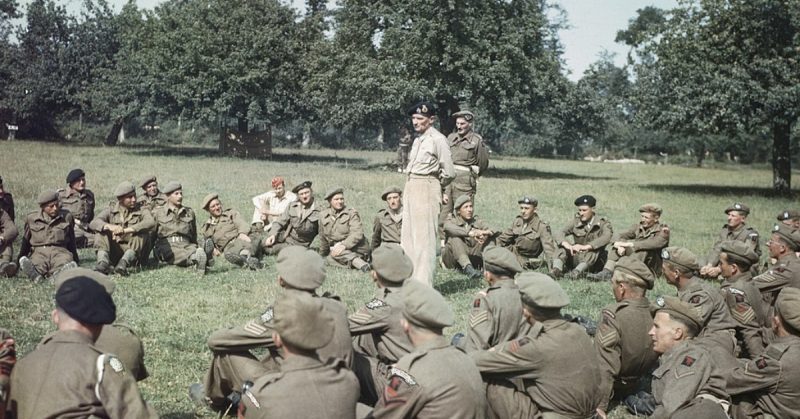“Utah,” “Omaha,” “Neptune,” “Mulberry,” and “Overlord”—words that we all know today as being connected to the invasion—all appeared in the puzzles, and MI-5 went into overdrive trying to find out why.
Life is full of strange and often unexplained coincidences. Sometimes these are just small, somewhat trivial things, such as talking about a person you haven’t seen for years, only to have them show up the next day.
Sometimes, however, these “coincidences” seem larger than life, even preordained, and show up on the world stage. At least five of these happened during WWII: unplanned, unforeseen, but with perhaps world-shaking repercussions.
The Curse of Timur the Lame
In the West, Timur is known as “Tamerlane,” one of the most fearsome conquerors in history. The Turco-Mongolian warrior carved out an empire that encompassed most of Central Asia and much of the Middle East in the 14th and early 15th centuries. Historians estimate the number of men, women, and children who perished at the hands of his armies at near or above 10 million people.
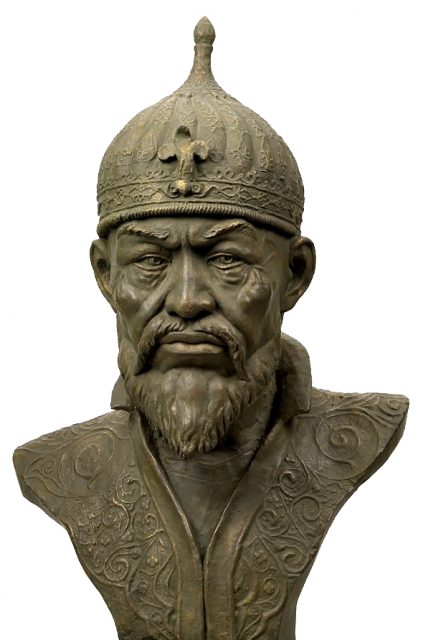
When Tamerlane died, he followed the example of his distant in-law Genghis Khan, whose burial place has yet to be found. Genghis was buried in a supposed grand tomb, unknown to all – because those who took place in the ceremony were eliminated.
Tamerlane, wanting his name to be forever associated with the great conqueror, decreed that his own tomb remain secret and undisturbed, lest a terrible curse be brought down on those who disturbed it.
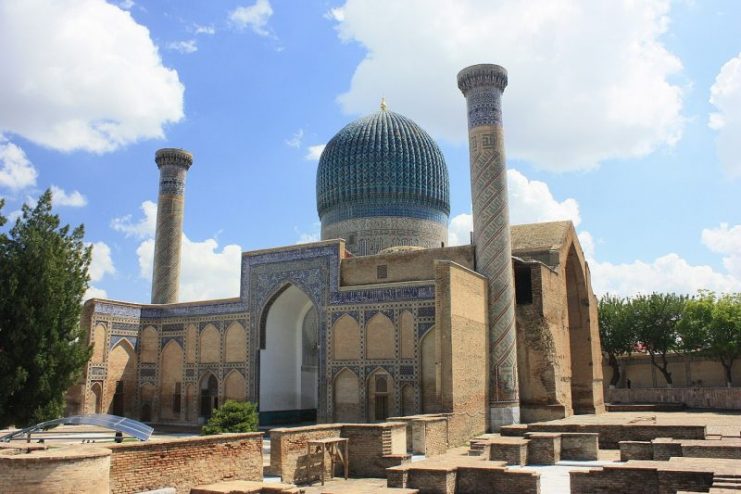
On June 22, 1941, Soviet archaeologists found Tamerlane’s tomb in Uzbekistan. On that same day, Hitler invaded the Soviet Union, eventually costing the Soviets some 20 million lives. Making this even stranger, the Soviets remained on the defensive until November 1942 at Stalingrad – when Tamerlane’s body was re-entombed.
Panic after Pearl Harbor
After the Japanese attack on Pearl Harbor in December 1941, virtually every police and intelligence agency in the USA was looking for Japanese spies. Unfortunately, many innocent Americans of Japanese ancestry paid for this with internment in camps like Manzanar.
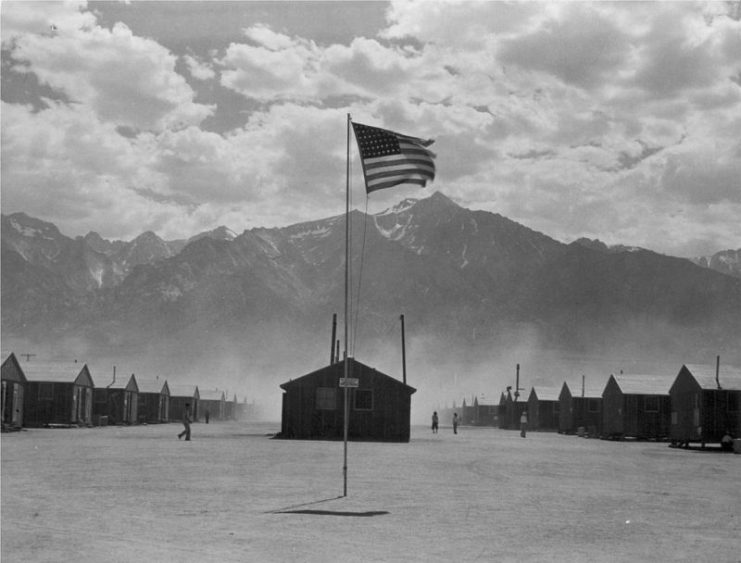
That was the easy fix to placate a panicked public, but those in power believed that spies for the Axis were not likely to be among the farmers and shop-keepers of the West Coast, but rather were more well-hidden.
Shortly after the attack, the FBI discovered an ad for a dice game in the New Yorker magazine which had run two weeks prior to the Hawaii attack. The ad for the game, called “Deadly Double” and published by Monarch Publishing, showed two dice, with the normal dots, but also Roman numerals and one side with an ominous looking “XX.”
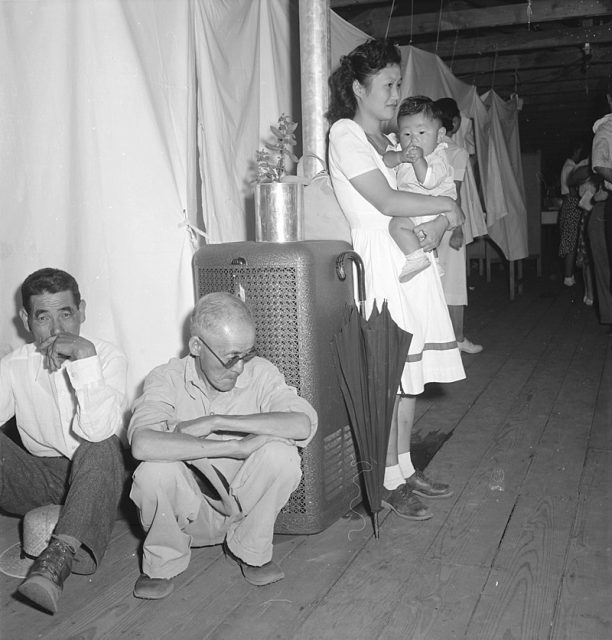
Clearly visible on the front of the dice were the numbers “12,” “0,” and “7,” along with “24” and “5.” The 12, 0 and 7 lined up almost perfectly.
Above the dice were instructions in three languages – one of them being German. Towards the back of the magazine, there was another ad for the game which showed a “double eagle” insignia like that which would have been found on a coat-of-arms, and which resembled the Nazi eagle. Underneath the eagle was an air raid shelter.
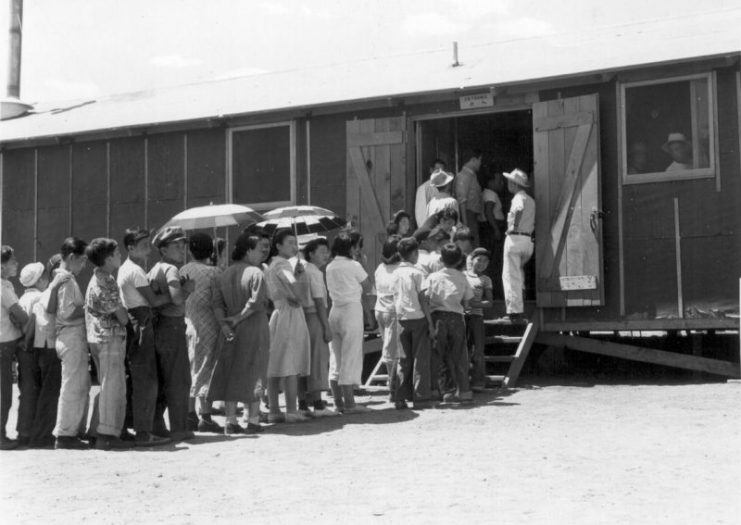
For a short time, the FBI believed that this might have been a message from the Japanese to the Germans (the “deadly double”), notifying them of the impending attack.
After a thorough investigation, the Bureau concluded that the ad and the game were just a coincidence, and the air raid bunker drawing just a way of taking advantage of the war paranoia sweeping the country even before the Japanese attack.
The Crossword Key to D-Day?
Alongside the Manhattan Project, the invasion of Normandy in June 1944 was the most secret of the Anglo-American efforts to win the war. Most of us know the story: fake coded and uncoded messages, dummy tanks, armies, ships, airfields, divisions, decoy commanders, etc.
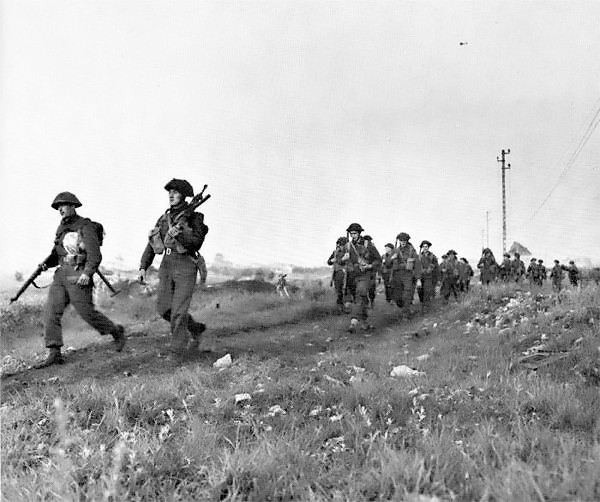
Meanwhile, the entire counter-intelligence machine of the Allies was looking for any possibility of German knowledge of the invasion or its components. In May, just a month before the invasion, British military intelligence (“MI-5”) discovered that highly classified code-names and designations were appearing as clues in the crossword puzzles of the popular Daily Telegraph newspaper.
“Utah,” “Omaha,” “Neptune,” “Mulberry,” and “Overlord”—words that we all know today as being connected to the invasion—all appeared in the puzzles, and MI-5 went into overdrive trying to find out why.
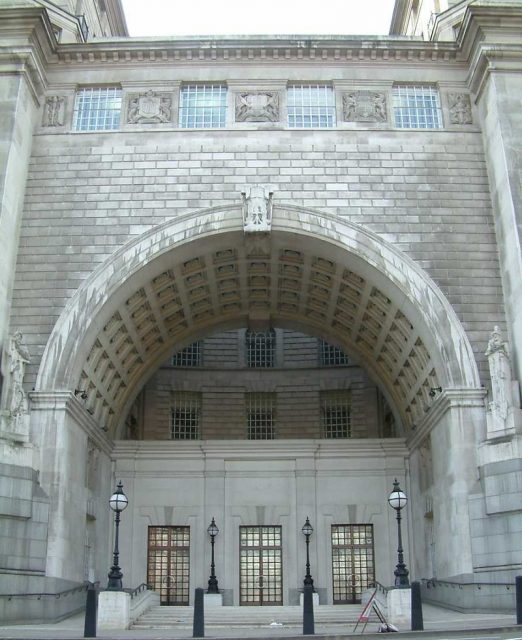
They hauled in the puzzle-maker, who was a school headmaster, along with other members of the newspaper’s staff. What they found out was that the headmaster had simply used words that his students had overheard from soldiers who were supposed to keep their mouths shut, but didn’t.
The headmaster had had no idea what the words were referring to or where his students had gotten them from, but thought them cryptic enough to make good crosswords.

When word of the supposed link to the invasion came out after the operation began, the British government issued a statement dismissing the whole thing as a coincidence – and NOT because its soldiers broke security protocols.
The Japanese Sad-Sack
One of the most popular American cartoons of the war was Sad Sack, featuring a soldier who simply could never get anything right, or who somehow always turned up at exactly the wrong place at exactly the wrong time. “Sad Sack” (who didn’t have a name) was immensely popular with GIs, whose units almost invariably included a similar character.
Well, there were Sad Sacks in other countries too, but probably none sadder in terms of being in the wrong place at the wrong time than Japanese businessman Tsutomu Yamaguchi (1916-2010), who was in Hiroshima for the first nuclear strike in history, and then in Nagasaki three days later for the second.
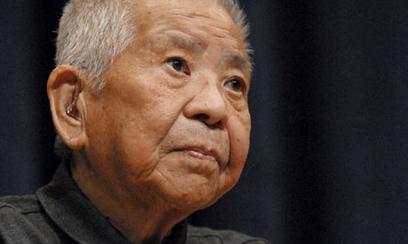
While there were a number of Japanese who claimed to have been in both cities during the attacks, Yamaguchi’s case is the only one that was verified by the Japanese government.
Yamaguchi, who lived in Nagasaki, was in Hiroshima on a three-month-long business trip. On Sunday, August 6, he was going out of town with colleagues for a break.
Arriving at the train station, he realized that he had forgotten his travel pass at his workplace and went back to get it while his associates waited.
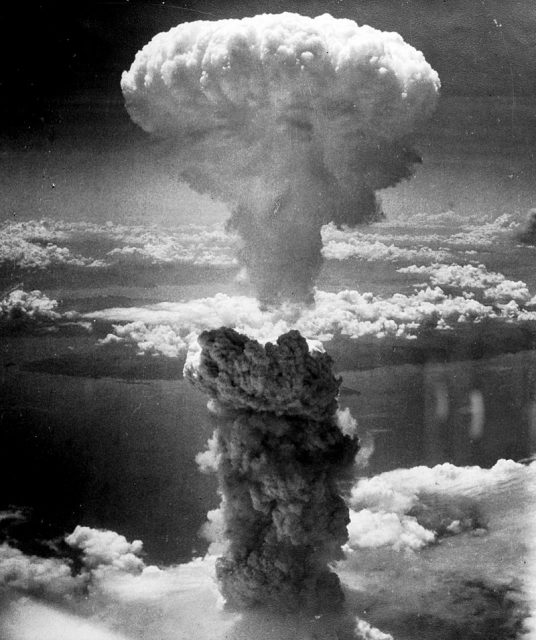
While he was walking back, he saw the Enola Gay…and then a “great flash in the sky” before being blown end over end. He came to with ruptured eardrums, burns on the left side of his upper body, and temporary blindness. Upon getting his sight back, he stumbled to the station, finding that his colleagues had survived as well.
He received care in the form of bandages and returned to Nagasaki the next day on one of the few working trains. On August 9 he was at work, describing what happened to a disbelieving boss, when the second atomic bomb went off.
This time he was unhurt, but in the dreadful aftermath of the attack he could not change his bandages and developed a life-threatening fever.
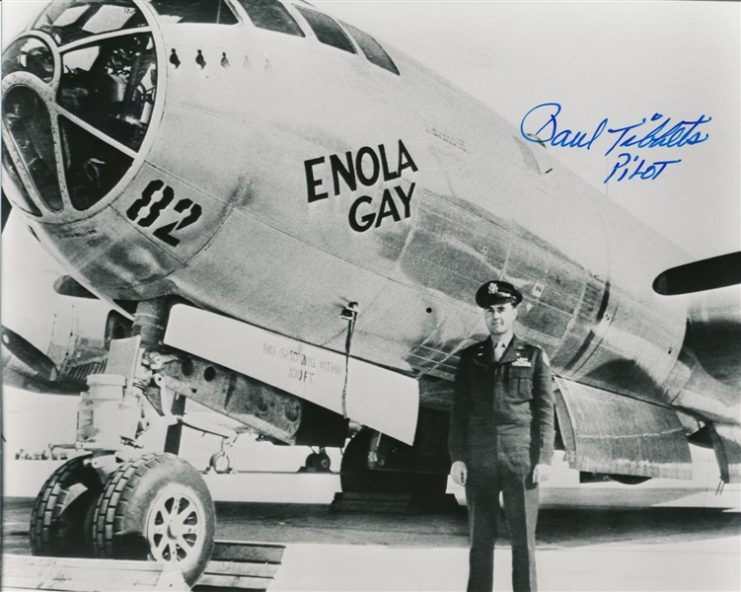
After the war, he worked for the Americans as a translator and advocated for the de-nuclearization of the planet.
Miracle at Midway
For the United States, perhaps no coincidence was more fortuitous than what happened at Midway on June 4, 1942. Heavily outnumbered in terms of planes and ships, the Americans needed all the help they could get.
They had gotten some through the diligent work of Navy code-breakers, who informed the high command that the Japanese were going to strike Midway, but the fleet would need more than that to win the battle. The sailors of the Pacific Fleet had plenty of guts, but they didn’t mind a little luck, too.
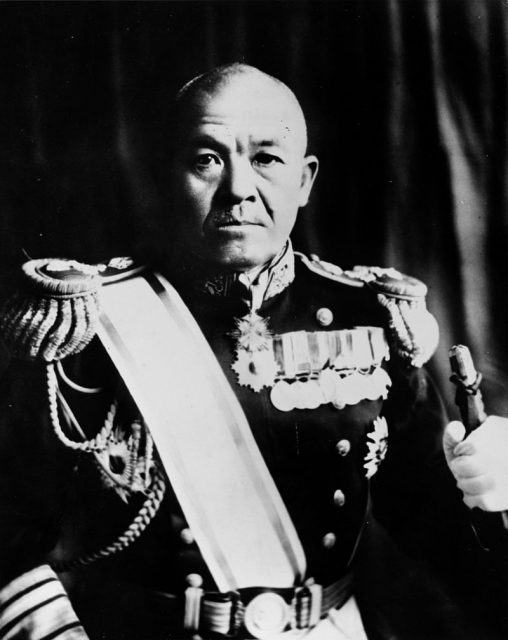
American torpedo-bombers had attacked the Japanese early in the morning but had taken a serious beating and left the Japanese almost unscathed. Thinking that that was the only threat for the foreseeable future, Japanese Admiral Chuichi Nagumo ordered his strike aircraft to be fueled up for an upcoming strike on the American fleet.
Luckily for the Americans, Group Commander Wade McClusky, leading two groups of dive-bombers from USS Enterprise, had made the decision to keep looking for the Japanese fleet despite being dangerously low on fuel.
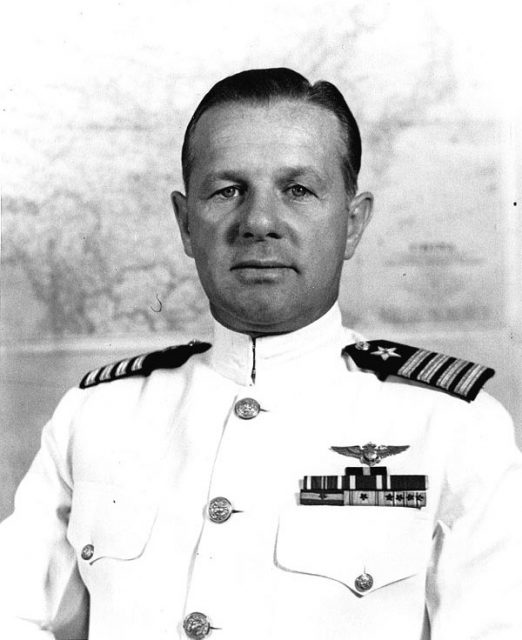
Some of the American planes were even forced down into the Pacific due to lack of fuel, but enough of them carried on to find the wake of a Japanese destroyer, which led them straight to the enemy carriers.
At that exact moment, Japanese crews on their carriers were refueling their planes. Fuel hoses, barrels, and planes being topped off filled the decks and hangars below.
The conditions were perfect for an American strike, and within minutes, the Navy fliers had sunk the Japanese carriers Kaga, Soryu, and Akagi. Later strikes sank the remaining Japanese carrier Hiryu. Japan’s hopes for a Pacific empire ended on that day.
